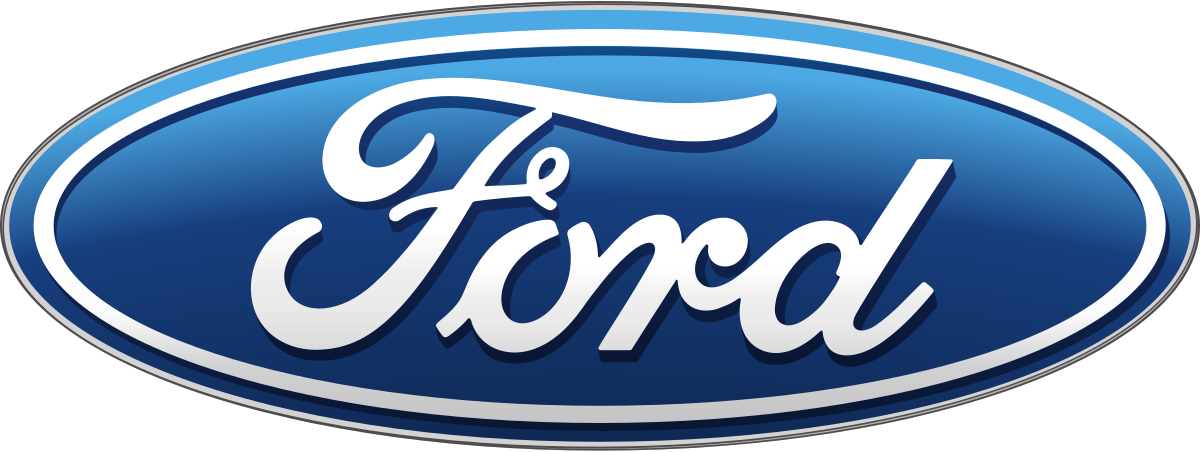
Today, lithium-ion battery technology is ubiquitous, owing largely to its higher energy density and more rapid charging/discharging than nickel-metal hydride. But while much of the work in battery technology over the past few decades has been in improving the lithium-ion battery by lowering costs and improving durability, it might well be that Li-ion is marching toward its own obsolescence.
That’s a possibility that Hau-Thai Tang, Ford’s Executive VP of Product Development and Purchasing, wants to be ready for. That’s part of the reason that Ford has no plans to invest in its own full-scale battery production facility like rival Tesla Motors has done, he told Autoline in a recent interview.
“We know the technology landscape is going to change,” Thai-Tang told Autoline. “You’ve seen predictions around cost-per-kilowatt-hour. Everyone believes that for us to really have a crossover between cost versus an ICE, you have to go post-lithium-ion. So, we don’t want to get into a situation where we invest billions of dollars of capital, have inefficient scale, be over-capacitized, and then have the technology landscape change on us. And then you’re stuck with that asset.”
By way of example, one need only look to the sweeping shift from nickel-metal hydride to Li-ion that has occurred across the industry over the past two decades, the Ford Executive Vice President suggested.
He’s not wrong; there are a number of promising new battery technologies being developed that could conceivably replace Li-ion cell chemistry. The man who is most often credited as the “father” of Li-ion, John B. Goodenough, has himself created a low-cost alternative with a team of researchers. According to engadget, the new technology is safer, using glass electrolytes instead of liquid, and promises better longevity, faster charging, and thrice the energy storage.
